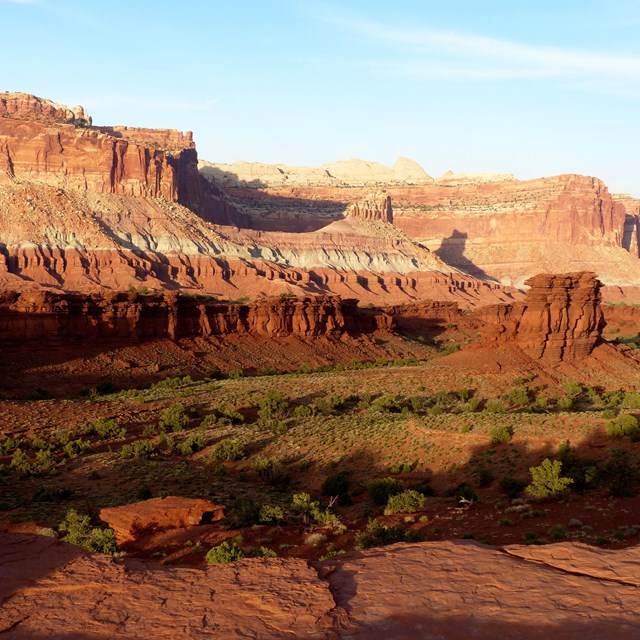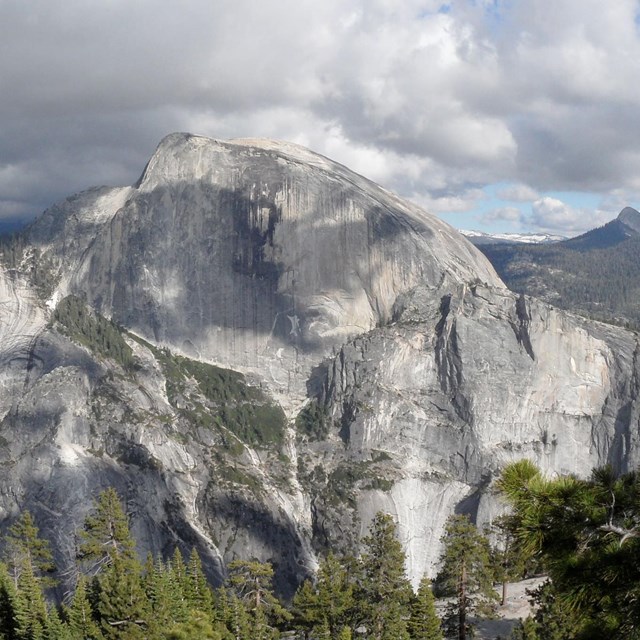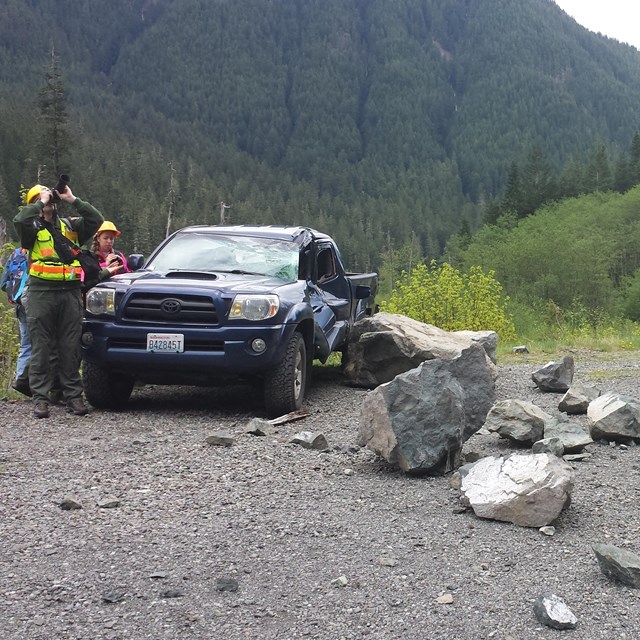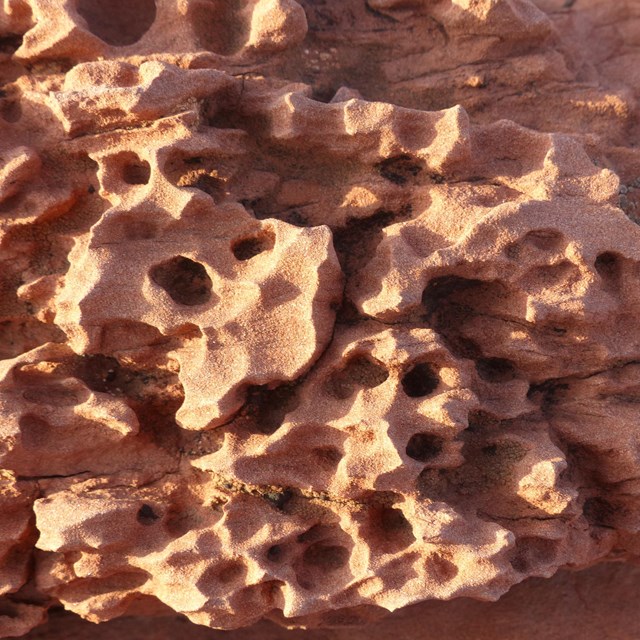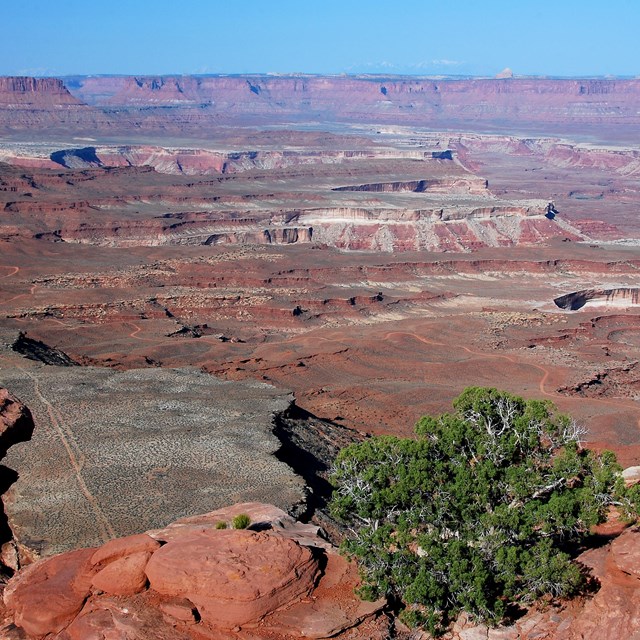Last updated: April 29, 2025
Article
The 1991 Landscape Arch Rock Fall

NPS/Royce Morrison
All rock formations at Arches National Park are temporary features on the landscape. Water shapes and transforms the sandstone, sometimes in slow ways, sometimes in dramatic ways. Usually we don't witness those dramatic changes. But in 1991, people were at Landscape Arch to observe a major rock fall.
Around 2:45 pm, on September 1, 1991, people heard cracking and popping sounds coming from Landscape Arch, and two of them provided photos and video to the park.
Royce Morrison was at the arch on that day and captured photographs of the rock fall after hearing the cracking noises.
Michael Müller had been beneath the arch that day and heard popping and cracking noises. He hiked up the slope behind the arch and recorded video of the rock fall. He gave permission to the National Park Service to use this video. He provided a report of the rock fall when he shared the video.
-
1991 Landscape Arch Rock Fall
Visitor Michael Müller recorded this video of a rock fall from beneath Landscape Arch on September 1, 1991. Permission has been given for National Park Service use.
- Duration:
- 1 minute, 45 seconds
Then I heard again cracking and the noise of rocks hitting one against the other. From now on one could clearly hear a continuously damp cracking. I know that something would happen here. Therefore I kept the video-camera directed towards the Landscape Arch and tried to find the cracks with the zoom-lens.
Shortly after I had taped the first small rock fall. The sandstone, however, did not come to rest until a larger amount of rocks fell with loud cracking noise, releasing some of the stress. I could feel the earth shaking since I was standing only 60 meters above and 80 meters away from the impact site. For a moment I felt paralyzed. Then I thought: Was there anyone underneath the arch like I was five minutes ago? Is there more material to fall?
Ten minutes later, we, an American girl, two Germans and I, decided to pass underneath the arch. We were nearly standing underneath the sandstone arch when we heard again cracking noises, although no rocks were falling. We decided to make a detour by climbing around the arch in order to reach...the visitor center.
The question remains how much longer Landscape Arch will exist, or when the next rockfalls will occur. Or will man interfere with nature and try to stop a natural process?
—Michael Müller, October 1991
People needn't worry about the park "interfering with nature" to prevent arches from falling. After the rock fall, then-Superintendent Noel Poe said, "The whole idea of a park is to let natural processes continue. We couldn't do anything of value anyway, and we may just hasten its falling."
Since the rock fall at Landscape Arch, other arches have fallen and will continue to fall. Wall Arch famously fell during the night of August 4, 2008, but there were no witnesses. Scientists work in Arches National Park to monitor rock formations to see how they change. These studies may help us learn more about the life cycles of arches.
Arches are not permanent features on the landscape. The power of water is constantly forming, carving, and breaking the rock formations at Arches. In coming years, old rock formations will fall and new ones will form. Change is the constant of Arches National Park. What changes will you see in your lifetime?
Learn More
Explore these topics from the National Park Service.


